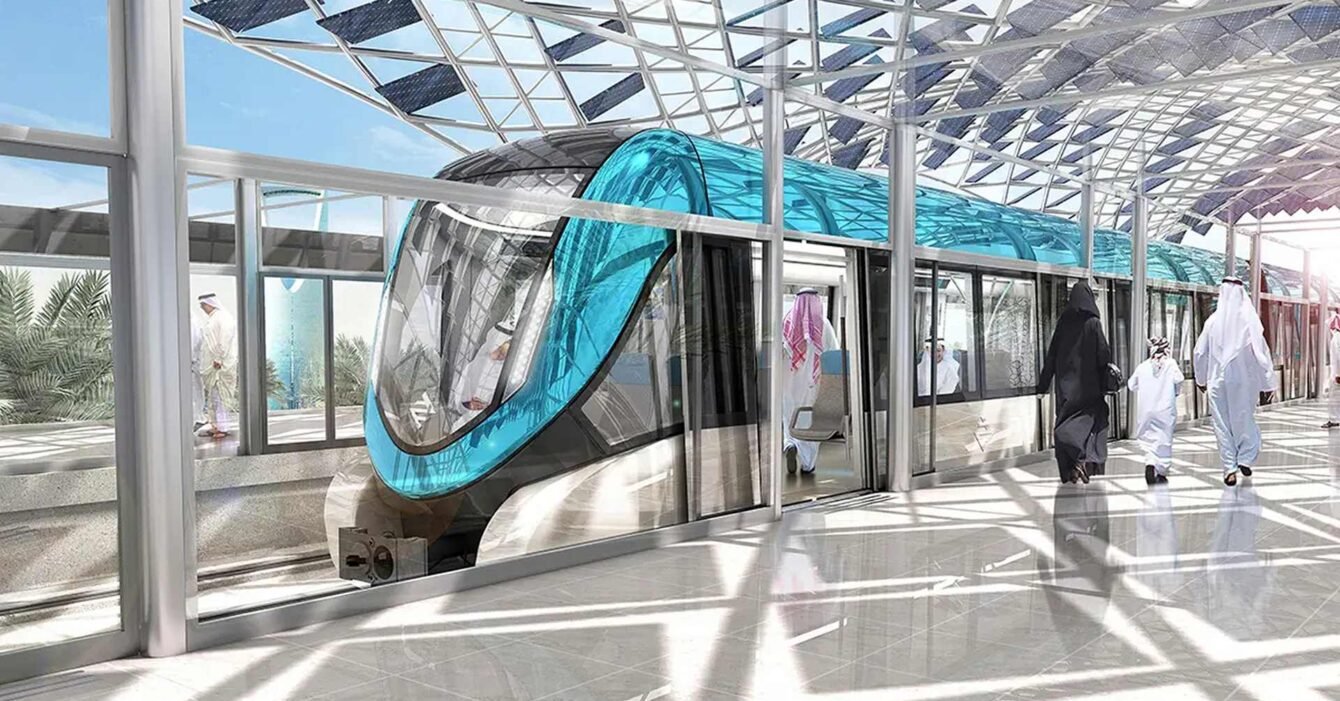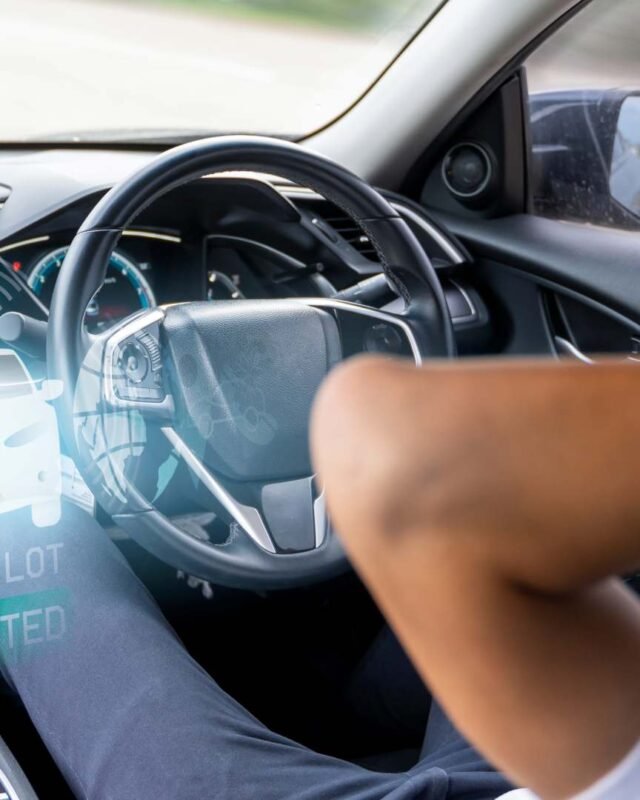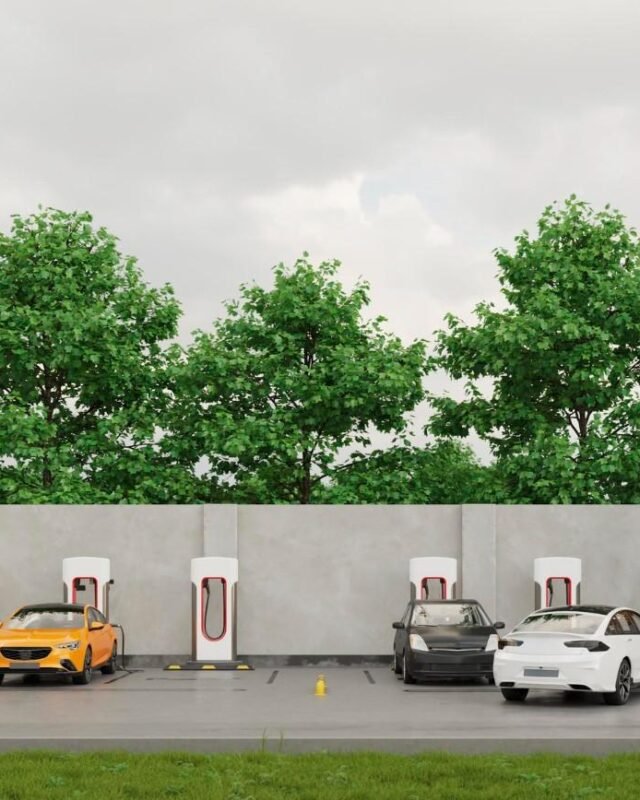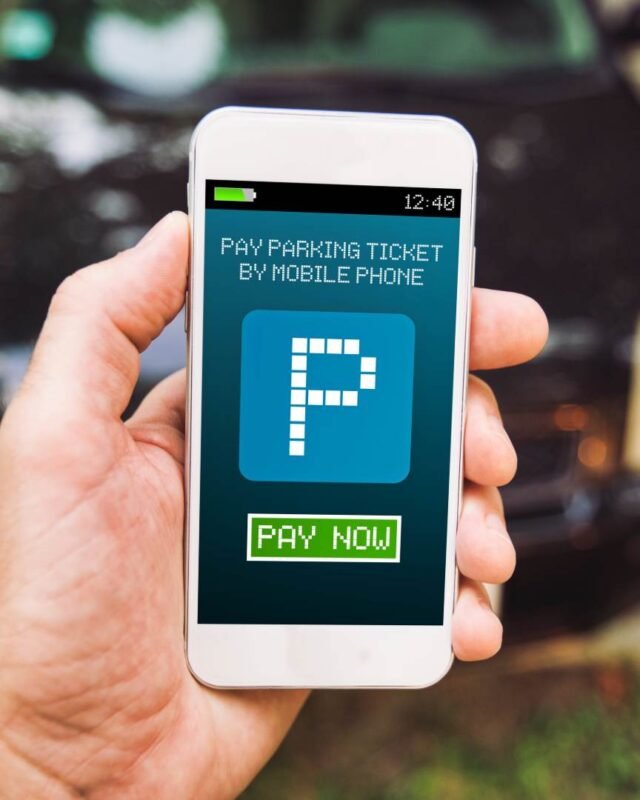100 Million Passengers in 9 Months: A Triumph for Saudi Advanced Mobility Adoption
In a striking display of urban transformation, Riyadh Metro has surpassed 100 million passengers in just nine months since its December 2024 launch. As the world’s longest driverless metro system, spanning 176 kilometers across six lines and 85 stations, it’s become a cornerstone of Saudi Advanced Mobility Adoption and a flagship of Vision 2030’s infrastructure ambitions.
The system’s punctuality rate of 99.78% and capacity to carry 3.6 million passengers daily reflect its operational excellence and growing role in reshaping mobility across the capital.
Metro Proximity Spurs 78% Rise in Villa Prices

The metro’s influence extends into real estate, with villa prices in districts like Al Yarmuk rising by up to 78% between 2023 and 2025. Even in established areas such as Al Malqa, homes within a 15-minute walk of a station saw a 20% increase, compared to just 10% for those farther away.
This surge illustrates how Saudi Advanced Mobility Adoption is driving value creation beyond transit, transforming urban desirability and density patterns.
Gender-Specific Carriages Reflect Cultural Intelligence

One of the most distinctive features of the Riyadh Metro is its culturally attuned carriage design. Trains are divided into three types: singles, families, and first class. The “singles” carriage is designated for men traveling alone, while the “family” carriage welcomes women and families, offering a more private and comfortable environment. First-class carriages are reserved for VIP cardholders and feature upgraded seating and amenities.
This smart segmentation reflects Saudi Arabia’s commitment to inclusive design within its mobility strategy. It ensures that public transport remains respectful of cultural norms while promoting broader accessibility. The interiors, crafted by France’s Avant Premiere, feature seat patterns inspired by traditional Riyadh architecture, and maintain a pristine atmosphere with food and drink strictly prohibited.
Intermodal Integration: Bus Ridership Up 34%

Saudi Advanced Mobility Adoption is not limited to rail. Riyadh’s bus network, including Bus-on-Demand and Park & Ride services, complements the metro’s reach. Between Q4 2024 and Q1 2025, national bus ridership rose by 34%, with Riyadh’s numbers continuing to climb even as other regions saw declines.
This intermodal synergy is critical to unlocking the full value of the metro, especially in areas not directly served by stations. The Darb card and app streamline fare payments across modes, reinforcing a seamless travel experience.
Sustainability Gains: 250,000 Car Trips Eliminated Daily

The metro’s environmental impact is already measurable. It’s projected to eliminate 250,000 car trips and conserve 400,000 liters of fuel daily. Energy-efficient trains with regenerative braking and solar-powered stations contribute to Saudi Arabia’s broader sustainability goals.
While traffic congestion remains a challenge due to Riyadh’s urban layout, the metro offers a cleaner, quieter alternative. Trains run every four minutes during peak hours, and stations like Qasr Al Hokm and KAFD have become destinations in their own right, blending architecture, culture, and connectivity.
Expansion Signals Long-Term Commitment to Saudi Advanced Mobility Adoption
The success of the initial rollout has accelerated expansion plans. A seventh line is in development, linking Qiddiya, King Salman Park, Diriyah Gate, New Murabba, and King Khalid International Airport. Hassan bin Thabet Street Station was recently added to the Orange Line, extending access to new districts.
With 1.5 million residents already living within walking distance of a station, Saudi Advanced Mobility Adoption is not just a transport upgrade, it’s a strategic lever for economic diversification, urban renewal, and social connectivity.
Also Read: 77.8% of Saudis Ready for Smart Mobility: What’s Next?



